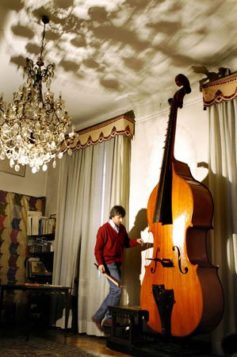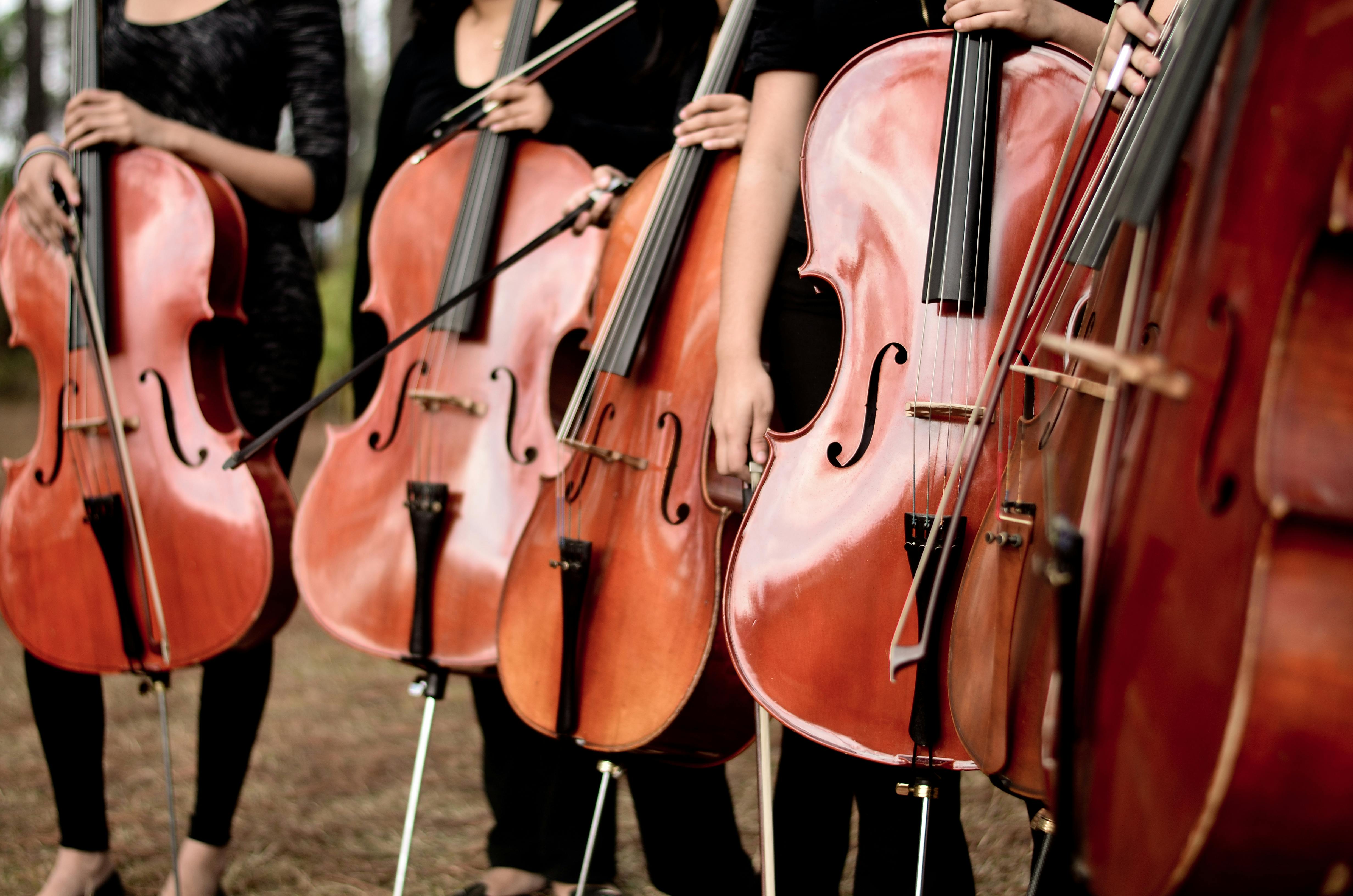

The bass guitar is similar in appearance and construction to an electric guitar, but with a longer neck and scale length, and four, five, six, or eight strings. The bass guitar (also called electric bass) is a stringed instrument played primarily with the fingers or thumb (by fingering, slapping, popping, tapping, or thumping), or by using a pick. Guitars are recognized as a primary instrument in genres such as blues, bluegrass, country, flamenco, jazz, jota, mariachi, metal, reggae, rock, soul, and many forms of pop. Electric guitars have had a continuing profound influence on popular culture. Early amplified guitars employed a hollow body, but a solid body was found more suitable. The classical guitar is often played as a solo instrument using a comprehensive fingerpicking technique.Įlectric guitars, introduced in the 1930s, rely on an amplifier that can electronically manipulate tone. The tone of an acoustic guitar is produced by the vibration of the strings, which is amplified by the body of the guitar, which acts as a resonating chamber. There are three main types of modern acoustic guitar: the classical guitar (nylon-string guitar), the steel-string acoustic guitar, and the archtop guitar. There are two primary families of guitars: acoustic and electric.Īcoustic guitars (and similar instruments) with hollow bodies have been in use for over a thousand years. Guitars are made and repaired by luthiers. Some modern guitars are made of polycarbonate materials. Guitars are traditionally constructed of various woods and strung with animal gut or, more recently, with either nylon or steel strings.

The guitar consists of a body with a rigid neck to which the strings, generally six in number, are attached. The guitar is a plucked string instrument, usually played with fingers or a pick.

A well-known use of col legno for orchestral strings is the Gustav Holst’s “Mars” movement from The Planets suite. This yields a percussive sound along with the pitch of the note. Violin family string instrument players are occasionally instructed to strike the string with the side of the bow, a technique called col legno. The third common method of sound production in stringed instruments is to strike the string. Bowing the instrument’s string causes a stick-slip phenomenon to occur, which makes the string vibrate.

The bow consists of a stick with many hairs stretched between its ends. This category includes the keyboard instrument the harpsichord, which formerly used feather quills (now plastic plectra) to pluck the strings.īowing (Italian: Arco) is a method used in some string instruments, including the violin, viola, cello, and the double bass (of the violin family) and the old viol family. Plucking is used as a method of playing on instruments such as the banjo, ukulele, guitar, harp, lute, mandolin, oud, sitar, and either by a finger or thumb, or by some type of plectrum. They are usually categorized by the technique used to make the strings vibrate (or by the primary technique, in the case of instruments where more than one may apply.) The three most common techniques are: The most common instruments in the string family are guitar, electric bass, violin, viola, cello, double bass, banjo and harp.Īll string instruments produce sound from one or more vibrating strings, transferred to the air by the body of the instrument (or by a pickup in the case of electronically amplified instruments). In the Hornbostel-Sachs scheme of musical instrument classification, used in organology, they are called chordophones. String instruments are musical instruments that produce sound from vibrating strings.


 0 kommentar(er)
0 kommentar(er)
